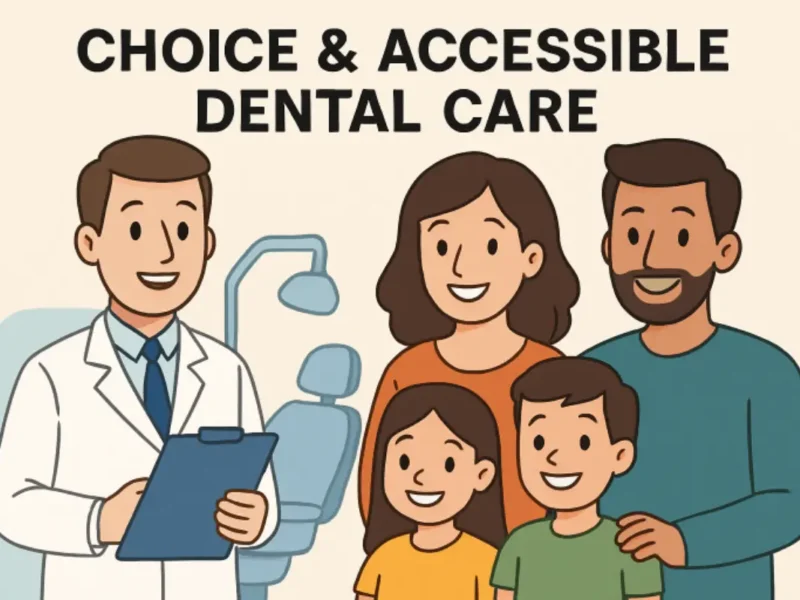In the dynamic landscape of senior care, potential franchisees are presented with a spectrum of opportunities, each catering to distinct aspects of eldercare. Among these, assisted living facilities and home care services stand out as two primary avenues, each with its unique operational model, target demographic, and service offerings.
This distinction is crucial for entrepreneurs considering ventures in the health sector, as choosing between these paths can significantly impact their business strategy, growth potential, and the nature of the care they intend to provide.
Contents
Assisted Living: A Closer Look
Assisted living facilities are designed to bridge the gap between independent living and nursing homes, offering a balanced environment for seniors who require assistance with daily activities but do not need full-time medical care. These facilities emphasize community living, providing residents with private or semi-private apartments within a complex with shared spaces.
Key Features of Assisted Living
- Structured Support: Assisted living provides a supportive yet independent environment. Staff are available around the clock to help with personal care, medication management, and other daily living activities, ensuring residents receive the care they need while maintaining a sense of independence.
- Community Engagement: These facilities are community-oriented, offering a range of social activities, group meals, and communal areas. This social model is designed to prevent isolation and encourage a vibrant, engaging lifestyle for residents.
- Safety and Convenience: With safety features and accessible designs, these facilities cater to the physical limitations often accompanying aging, providing peace of mind.
Home Care: A Personalized Approach
Contrasting the communal assisted living model, home care services offer personalized assistance and care within the client’s home. This model caters not only to seniors preferring to age in place but also to individuals recovering from medical procedures those with chronic conditions, or disabilities requiring in-home support.
Key Features of Home Care
- Tailored Care Plans: Home care is highly adaptable, with care plans meticulously tailored to the individual’s needs, preferences, and schedule. This customization ensures clients receive the precise support they need, from a few hours a week to 24/7 care.
- Maintaining Independence: By receiving care in their own homes, individuals can maintain their routines, independence, and connections to their community and family, which is often crucial for their emotional and psychological well-being.
- Cost-Effectiveness and Flexibility: Home care is often more cost-effective than residential care solutions, especially for those requiring part-time support. The flexibility of services allows families to adjust care levels as their loved one’s needs evolve.
The Decision: Assisted Living vs. Home Care
Understanding the nuances between assisted living and home care is paramount for entrepreneurs looking to enter the senior care market. This decision will influence the initial investment and operational logistics and the long-term impact they derive from their business.
Investment and Operational Considerations
Assisted Living
Launching an assisted living facility is a significant undertaking, requiring a substantial upfront investment in property, infrastructure, and staff. The operational complexities include adhering to stringent health and safety regulations, managing a large team, and ensuring consistent, high-quality resident experiences.
Home Care
Home care franchises typically boast lower entry and operational costs, with no need for a physical facility. The challenge lies in managing a mobile workforce and ensuring consistent, high-quality care across various home settings. However, the flexibility and scalability of home care make it an attractive option for many entrepreneurs.
Market Demand and Local Needs
The demand for assisted living and home care services is rising, driven by an aging population and a growing preference for aging in place. However, local market dynamics, such as the existing supply of senior care options, the average income levels, and cultural attitudes towards eldercare, can significantly influence which model is more viable in a particular area.
Personal Alignment and Impact
Ultimately, the choice comes down to personal preference and the type of impact an entrepreneur wants to make. Those passionate about creating a tight-knit community gravitate towards assisted living, while those who value personalized care find home care more fulfilling.
Franchise Opportunities: A Path to Entrepreneurship
Within the home care sector, franchise opportunities abound, offering entrepreneurs a proven business model, brand recognition, and a comprehensive support system to navigate the complexities of the healthcare market. These franchises appeal to those drawn to delivering personalized care while building a scalable business.
The growing demand for in-home care services, coupled with the support and training provided by franchisors, makes home care franchise opportunities an attractive avenue for entrepreneurs aiming to make a meaningful difference in the lives of seniors and their families.
Conclusion
The choice between assisted living and home care represents more than just a business decision; it’s a commitment to improving the quality of life for seniors in a specific, impactful way. Both models offer unique opportunities and challenges, and the decision should be informed by a thorough understanding of each model’s nuances, a clear assessment of local market needs, and a deep reflection on personal goals and values.
Whether creating a community in an assisted living facility or providing personalized care through home services, the potential to contribute positively to the lives of seniors and their families is immense and deeply rewarding.



